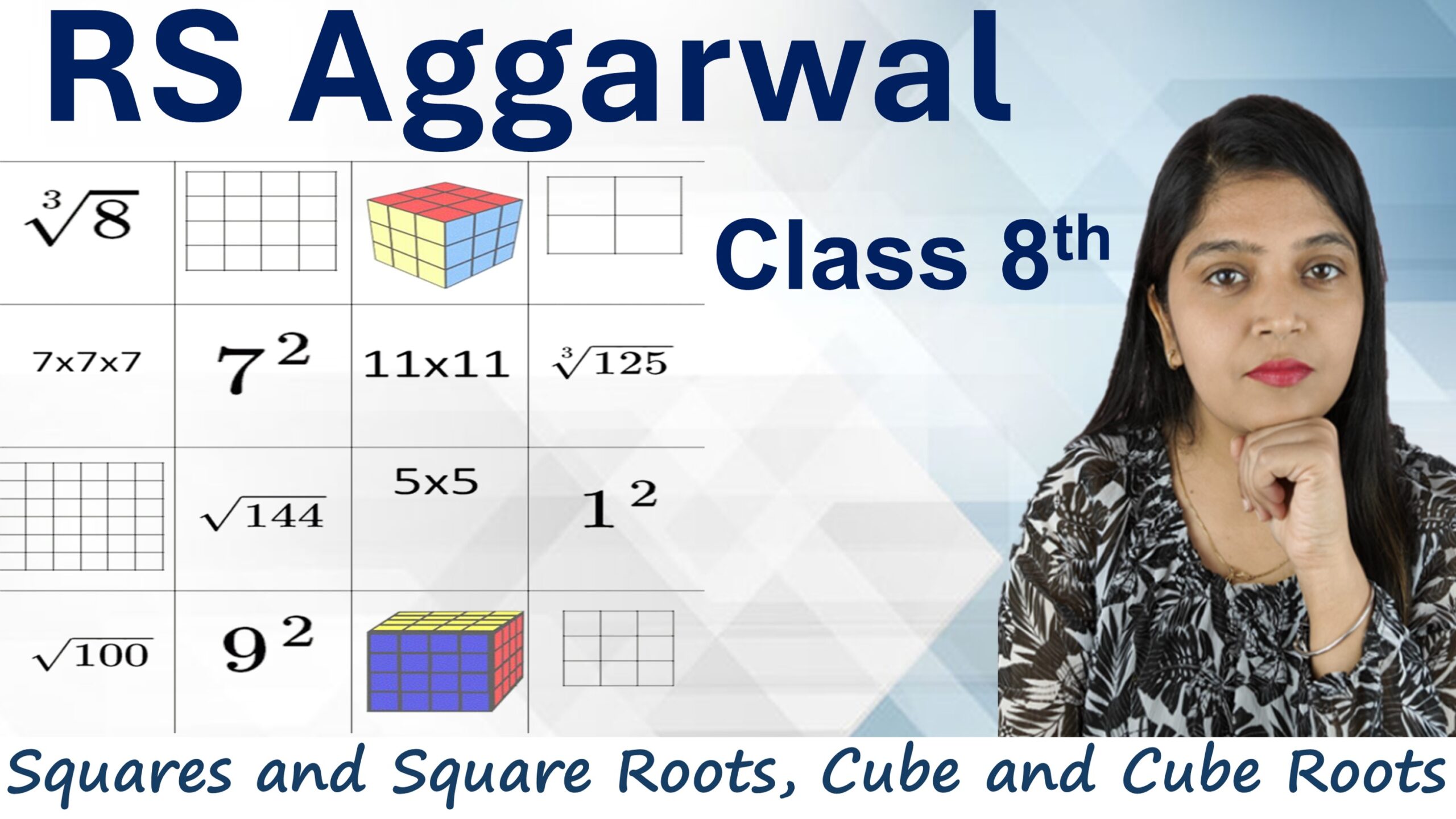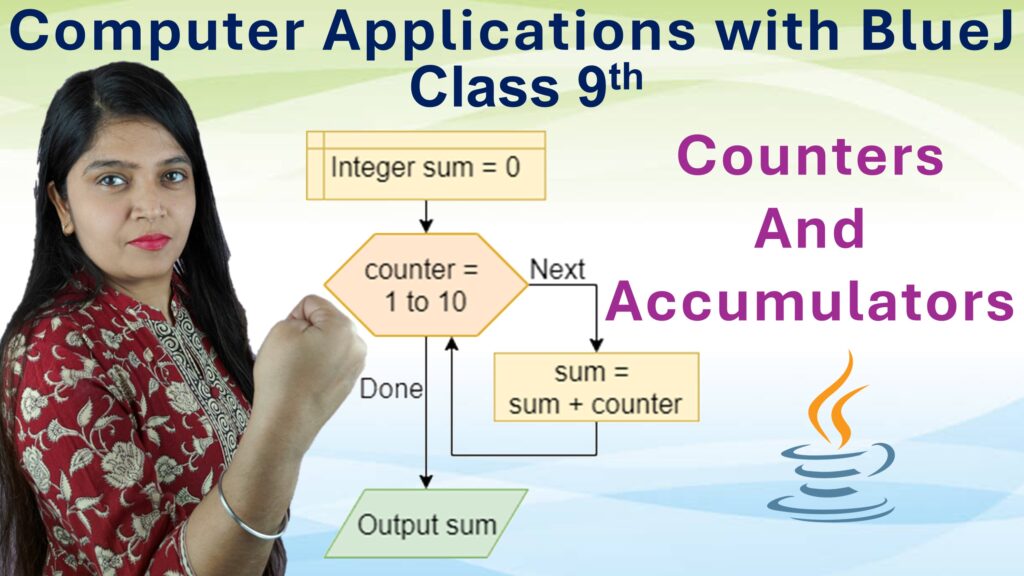Exercise: 3-F
ASSERTION-REASON QUESTIONS
Q1: Assertion (A): There are 42 natural numbers between \({21}^2\) and \({22}^2\).
Reason (R): There are 2n non-perfect square numbers between the squares of the numbers n and (n + 1).
Step 1: First, let’s calculate \(21^2\) and \(22^2\):
\[
21^2 = 441 \quad \text{and} \quad 22^2 = 484
\]
Now, let’s count the natural numbers between 441 and 484:
\[
484 – 441 – 1 = 42
\]
Thus, there are 42 natural numbers between \(21^2\) and \(22^2\). So, Assertion (A) is true.
Step 2: Next, let’s check Reason (R). The statement says that there are \(2n\) non-perfect square numbers between \(n^2\) and \((n + 1)^2\). For \(n = 21\), this would give \(2 \times 21 = 42\) non-perfect square numbers between \(21^2 = 441\) and \(22^2 = 484\), which is correct for this case. Hence, Reason (R) is true.
Answer: a. Both Assertion (A) and Reason (R) are true and Reason (R) is the correct explanation of Assertion (A).
Q2: Assertion (A): For an integer a, \(a^3\) is always greater than \(a^2\).
Reason (R): Square of a negative integer is positive and cube of a negative integer is negative.
Step 1: Let’s examine the assertion first. The statement \(a^3 > a^2\) is true for positive integers, because:
– If \(a > 0\), then \(a^3 > a^2\).
– However, for \(a = 0\), both \(a^3 = 0\) and \(a^2 = 0\), so they are equal.
– For negative integers \(a < 0\), the assertion does not hold, because \(a^3 < a^2\) for negative \(a\), as \(a^3\) is negative and \(a^2\) is positive.
Thus, Assertion (A) is not true for all integers \(a\), particularly for negative integers and zero.
Step 2: Now, let’s check the Reason. The statement “Square of a negative integer is positive and cube of a negative integer is negative” is true:
– The square of a negative integer is always positive (e.g., \((-2)^2 = 4\)).
– The cube of a negative integer is always negative (e.g., \((-2)^3 = -8\)).
However, the Reason (R) does not explain the Assertion (A) because the assertion is not universally true for all integers.
Answer: d. Assertion (A) is false but Reason (R) is true.
Q3: Assertion (A): The value of \(\sqrt[3]{27}+\sqrt[3]{0.008}+\sqrt[3]{0.064}\) is 3.6.
Reason (R): We cannot find the cube roots of negative numbers.
Step 1: Let’s examine the assertion. We need to calculate:
\[
\sqrt[3]{27} + \sqrt[3]{0.008} + \sqrt[3]{0.064}
\]– \(\sqrt[3]{27} = 3\), because \(3^3 = 27\)
– \(\sqrt[3]{0.008} = 0.2\), because \(0.2^3 = 0.008\)
– \(\sqrt[3]{0.064} = 0.4\), because \(0.4^3 = 0.064\)
So, the sum is:
\[
3 + 0.2 + 0.4 = 3.6
\]
Thus, Assertion (A) is true.
Step 2: Now, let’s check the Reason. The statement “We cannot find the cube roots of negative numbers” is incorrect. In fact, cube roots of negative numbers are defined and yield negative results. For example:
\[
\sqrt[3]{-8} = -2
\]
So, Reason (R) is false.
Answer: c. Assertion (A) is true but Reason (R) is false.







Leave a Comment